
Construction work is due to begin this month on the typical floors of the 52-storey twin-tower Al Kazim Commercial and Office building on Dubai’s Sheikh Zayed Road, between interchanges 4 and 5.
The Al Kazim towers project features three basement levels, a ground floor and an eight-storey podium plus two 52-storey towers rising 44 floors above the podium to a height of 203 m. Rising above the towers, two aesthetically-designed extensions will ‘top out’ at 265 m. The basement and podium levels will include parking for almost 2,500 cars.
The project is being carried out by Al Shafar General Contacting Company under a fast-track 22-month contract.
According to the contractor’s project manager Wadih El Chaer, fast floor cycles, efficient craneage and rapid movement of people and materials will be the key to completing the ‘fast track’ project. Hence, the company has opted to use a complete range of Doka formwork throughout the construction of the twin-tower, while five Liebherr luffing jib cranes are engaged in craneage duties on site and four Alimak twin Scando hoists have ensured the rapid movement of people and materials.
“From day one we knew this was going to be ‘fast track’, working 24 hours and it has not slowed down,” says El Chaer.
“Recognising the need for a simple yet fast solution, and also based on its previous experience with Doka’s systems, we opted to use Doka’s formwork for the project’s slabs, cores and columns. Work started on the project last August and we have already benefited from the formwork systems,” he adds.
The formwork systems have also allowed Al Shafar General Contracting to reduce floor cycles from nine days to six.
“When we begin to construct typical floors early this month (April), we anticipate reducing this further to just five days,” confirms El Chaer.
Throughout construction, Al Shafar General Contracting is using Doka’s 150 F climbing system together with Top-50 formwork for the project’s 15 m by 16 m core areas to accommodate eight lifts in each tower. The 150 F climbing system is a modular system featuring just a few individual components to allow speedy positioning and safe anchoring at any height. Scissor-action spindles move the formwork elements quickly and easily into position ensuring reduced crane towers since the entire unit is repositioned as one. It also provides a 3.6 m floor height together with Top50 for cast in-situ columns, says El Chaer.
Throughout the project slab construction, Al Shafar General Contracting is relying on Doka’s Dokaflex table system, using up to two sets of tables, each covering the designated pour area. As ready-assembled units, the Dokaflex tables reduce the number of separate parts and formwork erection and striking are greatly accelerated, ensuring shortest possible forming times, he says.
The slab thickness on the floors for the project varies between 250 and 300 mm.
During construction of the central podium and basements, concrete pours were carried out over 16 pour areas. The central podium was split into two areas of 1,355 sq m and 1,313 sq m to total 2,668 sq m.
Each tower footprint within the basement was similarly divided into seven pour areas per tower covering areas ranging from almost 1,200 sq m to 730 sq m, helping Al Shafar to meet fast floor cycles with the easy dismantling and repositioning of the Doka system.
Craneage duties
The building’s footprint takes up virtually the entire 180 m by 70 m site, leaving virtually no room for storage of materials, says El Chaer. On account of the space restrictions, Al Shafar General Contracting opted for the Liebherr luffing jibs concept for site lifting duties. With recent legislation forbidding the use of crane jibs encroaching outside the sites perimeter, the Liebherrs provided the solution, he says.
He continues: “With major service roads running alongside two of the boundaries and the other two bordering major construction sites, we had no hesitation in opting for the Liebherr cranes to provide an essential part of the solution to the very tight constraints faced in terms of space. These twin crane installations on each tower and the podium structure are an important part of the job and the only way to carry it out with the restricted space just metres from each boundary.”
Concrete is pumped from the ground and the cranes are used for a variety of handling duties including concrete, rebar and throughout striking and repositioning the formwork systems.
All five Liebherr cranes are able to slew through 360 degrees with a load of just 8 m. The 112 HC-L model features a maximum lifting capacity of 12,000 kg lift at the maximum jib radius of 55 m.
The HC-L series of Liebherr luffing jib cranes have been designed for work on particularly high buildings or in extremely restricted spaces.
They enjoy special advantages on small construction sites with several cranes and overlapping work areas due to their small slewing radius and raised jib position from 150 degrees to 70 degrees even when shut down.
Alimak set to assist
El Chaer is also eagerly anticipating delivery of four Alimak Scando FC24/32 twin cage hoists from Inma.
“The four twin-cage hoists will prove to be essential in moving people and materials across the site helping to meet the ‘tight’ completion deadline,” he adds.
The Alimak hoists will provide a payload capacity of 2,400 kg at a speed of 57 m/min. each cage measures 1.5 m (w) by 3.2 m (hl) by 2.15 m (h).
Temporary site power
When construction began last August on the twin towers project, no ‘mains’ electricity had been installed. “However, with a completion date of just 22 months, I knew that we could not wait for a supply to be connected,” says El Chaer.
As a result, Al Shafar General Contracting rented an Atlas Copco QA250 generating set from local rental specialist Emirates Technical Services. Providing a prime power rating of 250 kVA, the set is used to power Liebherr luffing jib tower cranes until a mains supply has been connected.
“With the combination of good planning around the efficient and productive use of the Doka formwork, the Liebherr cranes and the Alimak hoists, I am extremely confident that we will meet our 22-month deadline,” predicts El Chaer.







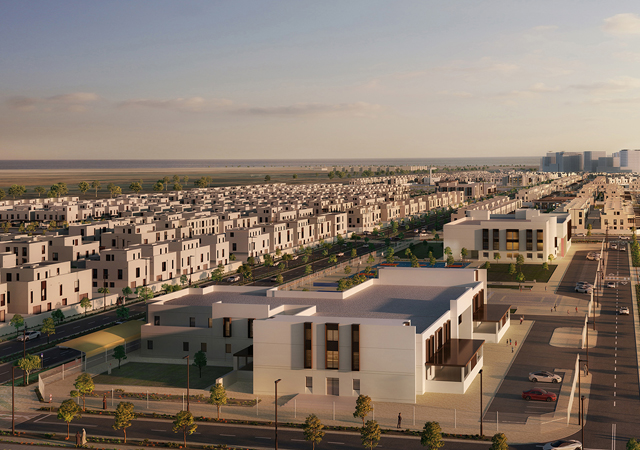

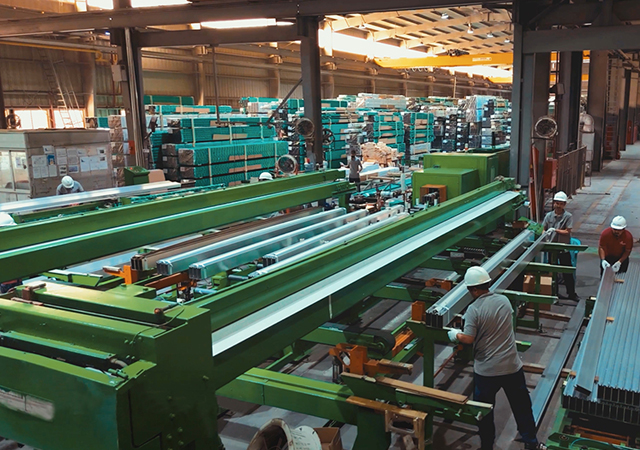



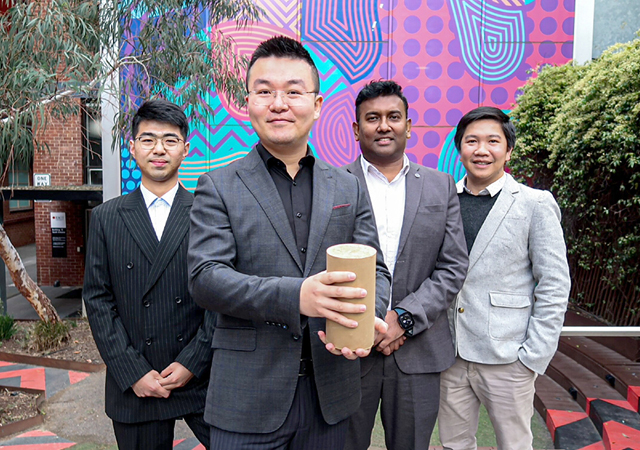



.jpg)


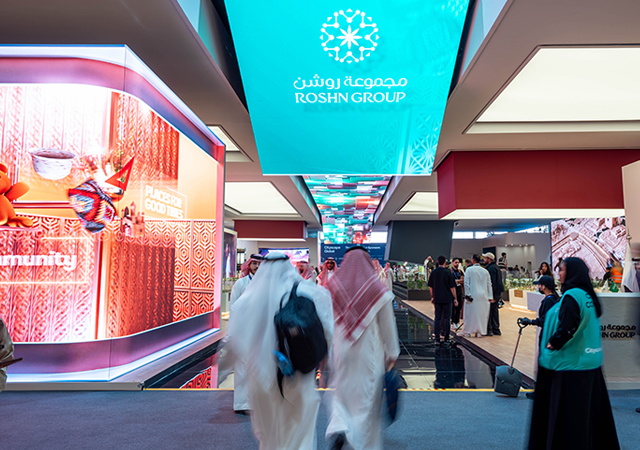








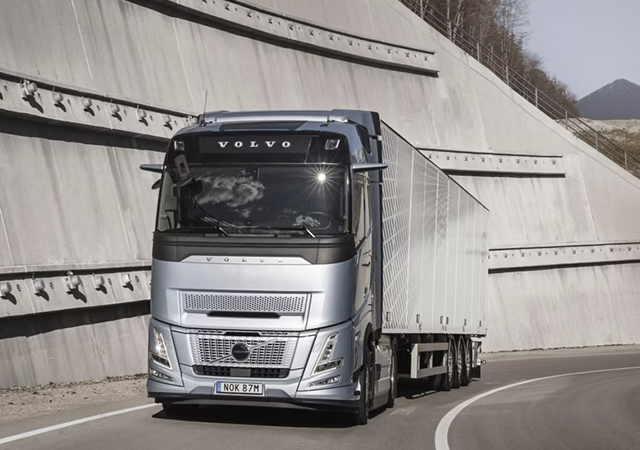

 (1).jpg)








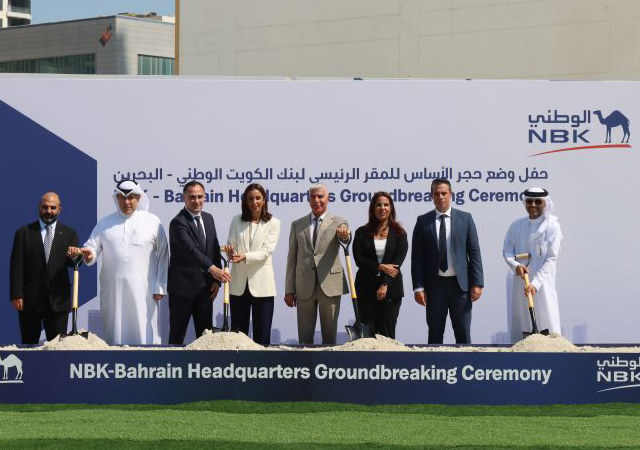




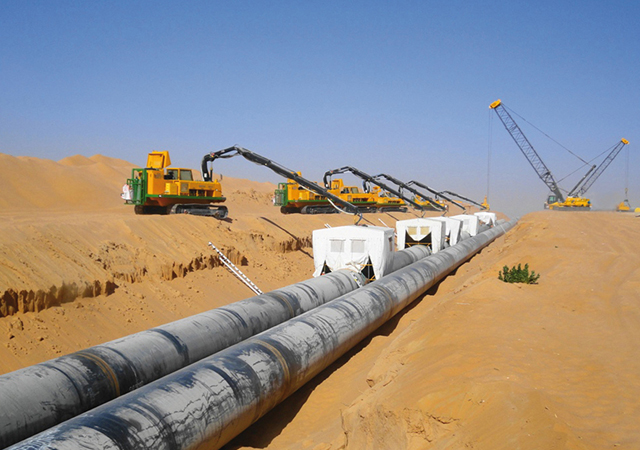

























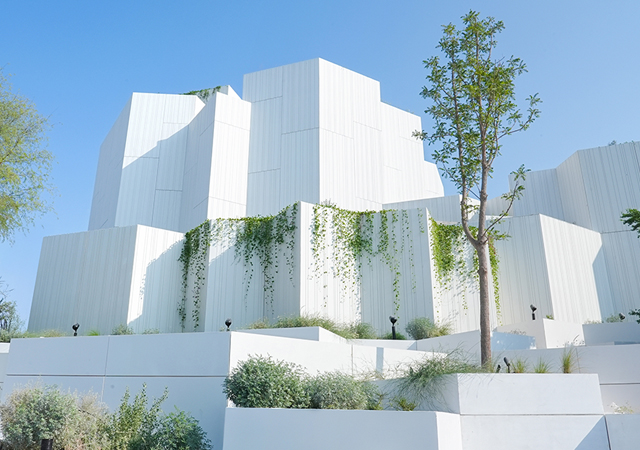

























.jpg)